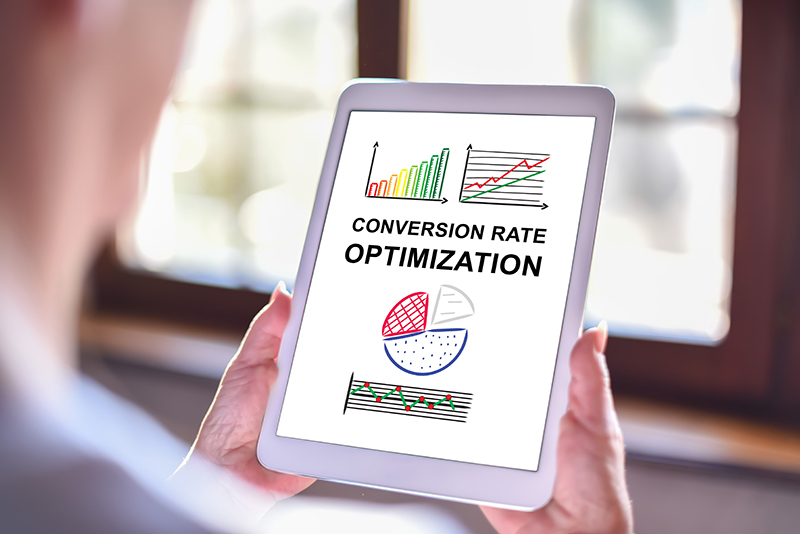
Conversion rate optimisation is another important term in the digital marketing book. It refers to a process of improving your website, aiming to increase leads and convince them to take the desired action. The action can be anything — making a sale or signing up for a newsletter. Most marketing professionals are looking for ways to drive traffic to a website, hoping it’ll convert into leads and ultimately customers. However, the efforts aren’t enough for long-term benefits. For sustainable growth, you need CRO. In this article, you’ll learn how to use CRO to improve rankings.
Optimise Content
Marketers cannot stress content optimisation enough. The more optimised your website’s content is, the better your chances for conversion are. You don’t have to optimise all blog posts. Start by identifying the ones with the highest traffic but with the lowest conversion rates. Then, find what’s causing low conversion rates. It can be a problem relating to SEO or CTA. Either way, you should fix it. Also, you can check the title tags, meta titles, keywords, image size and alt tags. Some marketers use this opportunity to replace the old data with fresh or restructure the content altogether. This way, the content becomes more relevant and attractive to readers.
Add CTAs in Blogposts
Including convertible CTAs in blog posts is a common practice in the marketing world. However, more often than not, visitors don’t take the desired action despite all the CTAs. It is because people usually ignore that type of information in written content. Also, most readers don’t make it to the end of the blog post, where content writers usually place CTAs. So, instead of using them as banners, you can try CTAs in the form of text. According to HubSpot, it’s an effective way of increasing leads and driving traffic. So, the next time you create a piece of content, use the text-based CTA instead of placing a regular one at the bottom of the page.
Test Landing Pages
If you ask a marketer to choose the most important part of a website, they will choose the landing pages. When it comes to conversion rate optimisation, these pages are essential. It’s because right on landing pages, your visitors become leads. Also, it’s a place where they start to connect with your brand on a deeper level. Since digital marketing is all about optimisation, landing pages should also be optimised. To make sure the conversion takes place, you should test them. During testing, try to discover the website’s best features and the most appropriate design for the visitors. When you find out what works best for your leads, you can use it and increase the conversion rates.
Analyse the Site Speed
Today’s users are impatient. They don’t want to wait more than a few seconds for the website to load. If it takes too long to load, they’ll give up and visit another website, probably the competitors. Although most marketers and business owners know this, most websites don’t meet the requirements regarding speed. Even more surprising is that it takes a few seconds to check the site speed using free tools. After checking the speed, you can analyse it and identify problems. Usually, the code is too elaborate, CSS unoptimised, or media files too large. While you can resolve media files issues by yourself, you need a developer to help you out to fix the rest.
Include Live Chat or Chatbots
What users also dislike is waiting too long to get an answer. Most of the time, you can provide great customer service, but sometimes answering questions takes time. This is where chatbots come into play. Not only do they provide excellent service, but they also cut costs. Chatbots establish a connection with visitors right away and reply fast to their inquiries. You can use them for FAQs, troubleshooting, suggestions, etc. The key to leveraging chatbots successfully is in finding the right option. Which chatbot suits your business the best depends on the features it needs and its objectives.
Conclusion
If you’re looking for a way to boost your rankings and ensure long-term growth and profit, conversion rate optimisation is the right method. When you make significant improvements to your website, you’ll also improve user experience and customer service. In the end, your visitors will know exactly what to do as a reward.
You may also like: How to Create a Conversion Funnel That Totally Pays Off
Image source: Shutterstock.com



